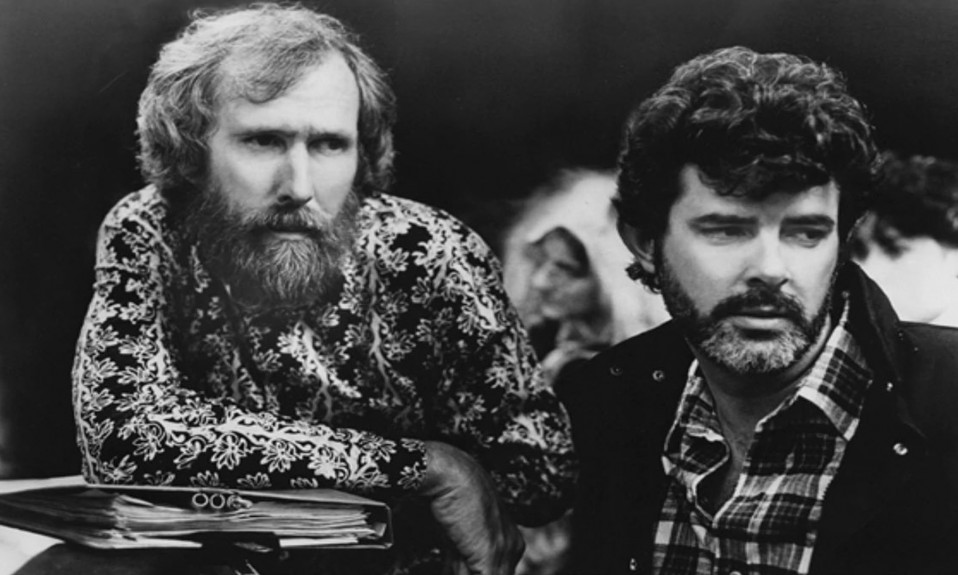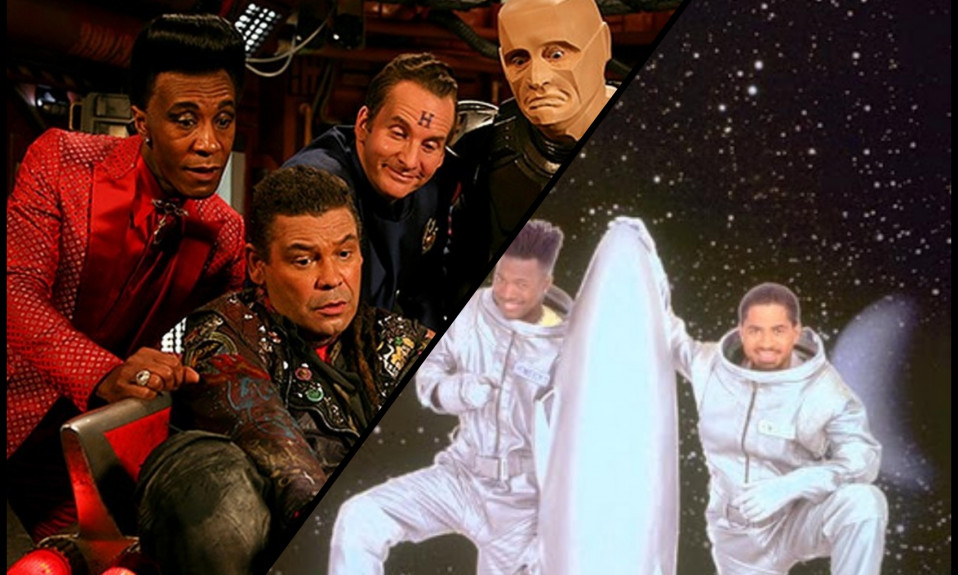Art has often been said to imitate life but when it comes to new technology sometimes life imitates art.
In this article, we will look over some examples of technology envisioned in sci-fi movies that have since been realised. We will then consider science fiction’s role in influencing the development of new technologies before looking at the implications of deriving tech from the genre.
Movie Technology In Real Life
1. Tablet Computers – 2001: A Space Odyssey
There has been no shortage of words written about how much 2001 got right about modern technology. But interestingly one of its technological predictions was so close to reality that Samsung offered it as evidence in a legal battle between them and Apple. That being the tablet computers that the crew of the Discovery One use during their Jupiter mission to watch videos. A scarily accurate vision of the future.

2. 3D Projected Images – Star Wars
A long time ago, in a galaxy far far away, R2-D2 used holographic technology to relay Princess Leia’s call for help to Obi-Wan Kenobi. In actuality, this was done by superimposing an element isolated from a TV screen. Now scientists have actually created 3D holograms which don’t need to be projected onto a 2D surface. Let’s hope that means more distress signals will be heard.
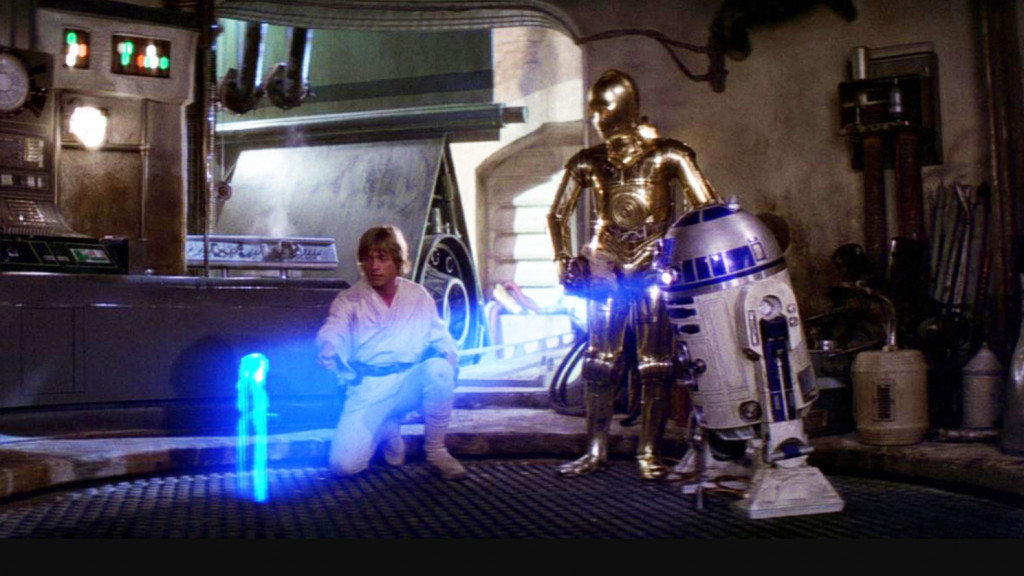
3. Digital Billboards – Blade Runner
Considering the amount of detail thrown into Blade Runner‘s world design it’s understandable how some things can be overlooked. However, in the background of many shots showing the then-futuristic 2019 Los Angeles, we see digital billboards advertising various products. At the time the film was made this practice had not yet emerged. Now they are everywhere. Just like the film predicted.
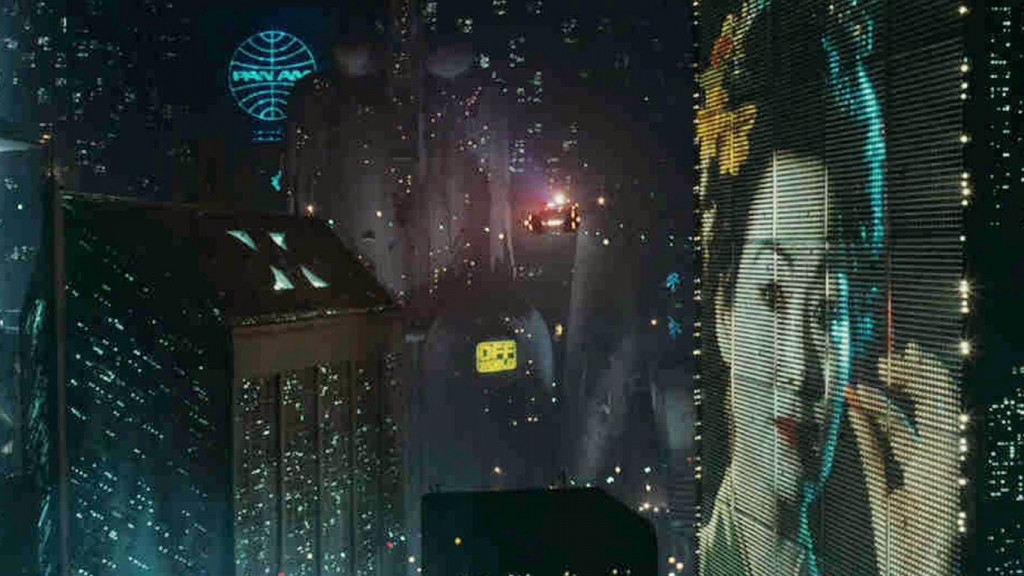
4. Biometric Security – Back To The Future Part 2
Every fan of Back To The Future Part 2 is still disappointed we don’t have flying hoverboards. But we have seen something else from the movie become widely available, biometric security, which is now commonly used in things like mobile phone security.
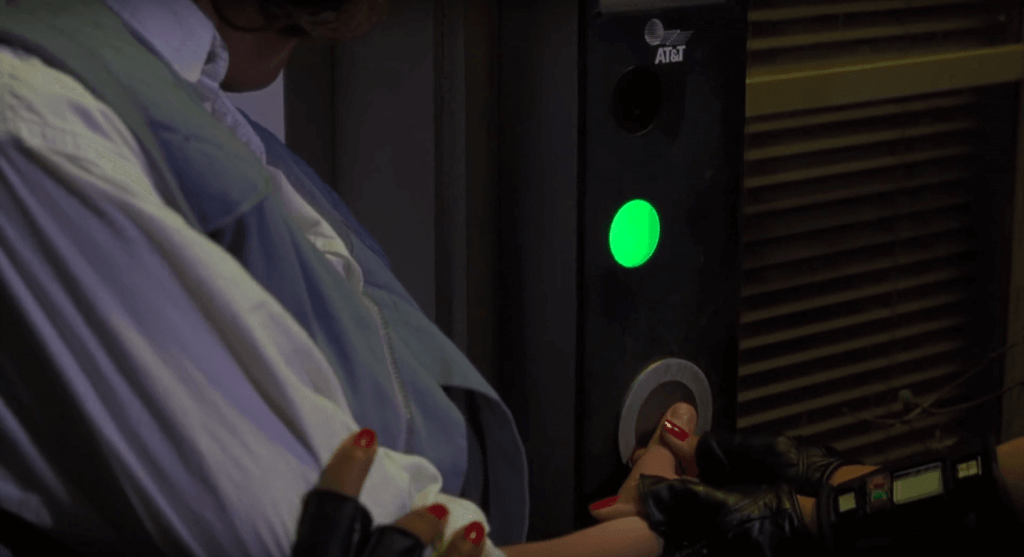
Art Influences Life
While many like to view science fiction as just a fantasy it has clearly had some level of influence. There are of course direct real-world influences with companies and researchers citing various movies as inspiration. But even without one-to-one examples, science fiction is a popular film genre (for example 8 of the 10 highest-grossing films of all time have some level of sci-fi genre trappings to them) that is seen by a huge number of people. With such a wide reach and its juxtaposition of seemingly fantastical inventions with real scientific theories (though rarely presented accurately), it is understandable why some people would try to realise what appears on screen.
Missing The Point?
However, it’s important to note that while movies like Star Wars are generally optimistic about advanced technology, and 2001 showcases the great possibilities of technology, so long as we don’t lose sight of humanity, many sci-fi movies also present a darker side to how technology can be used.
The looming advertisements of Blade Runner are not presented positively. They symbolise how much capitalist corporations intrude on our lives. And while Back to the Future Part 2’s convenient biometric security is awed over it also notes how it can be used by forces like the police to keep watch over us. Science fiction encourages us to imagine but to be cautious of how technology can be corrupted for profit and for use by oppressive systems. Science fiction preaches altruism, and invention for the benefit of all, something science fact doesn’t always do.
Also Read: The Technology Inspired By Star Trek



